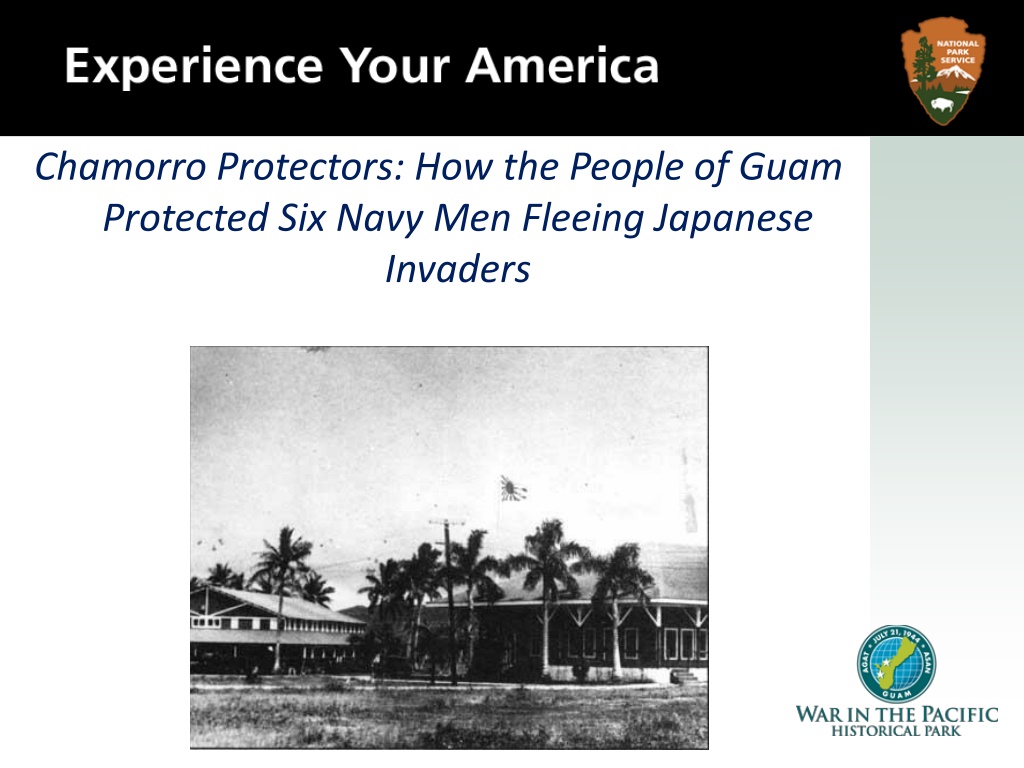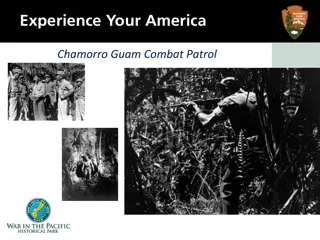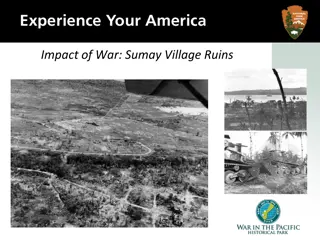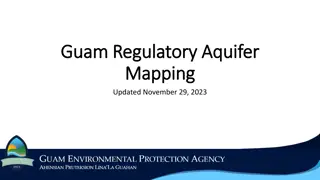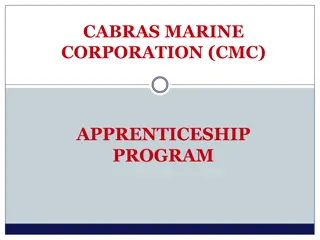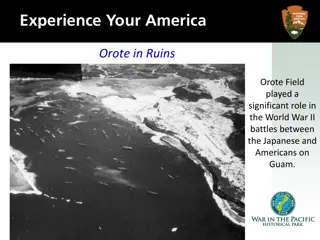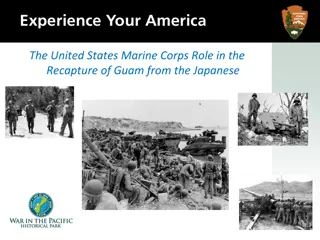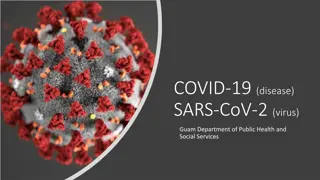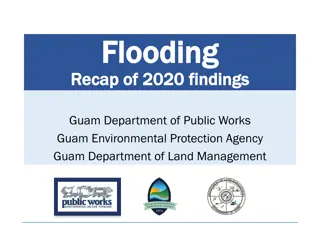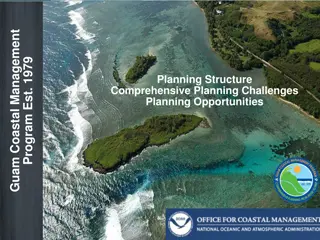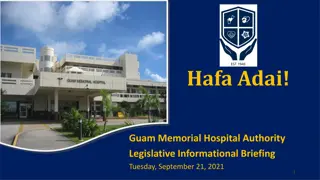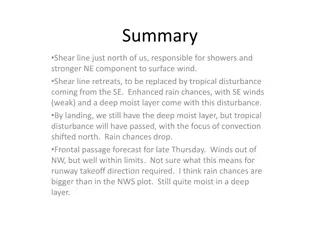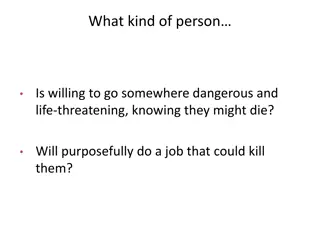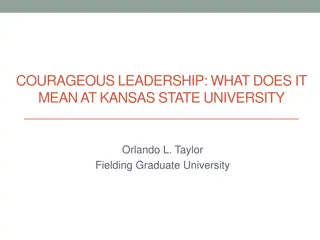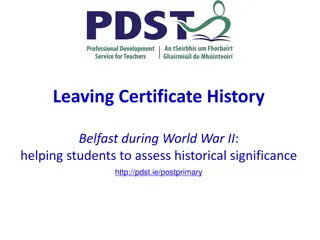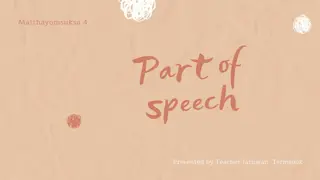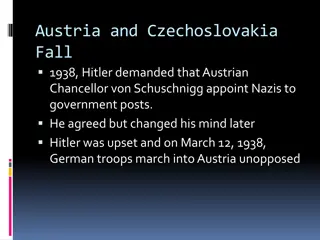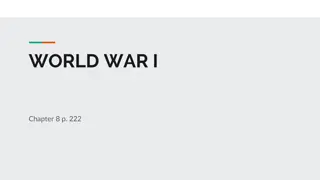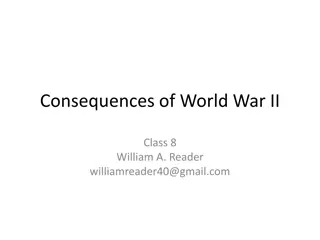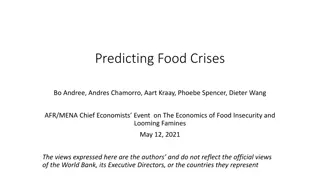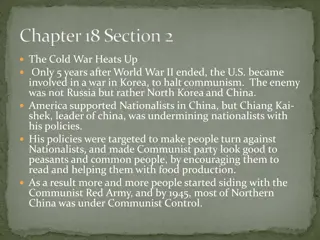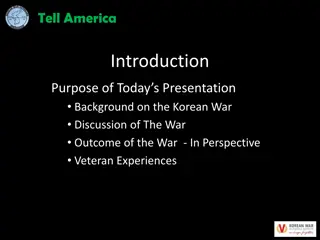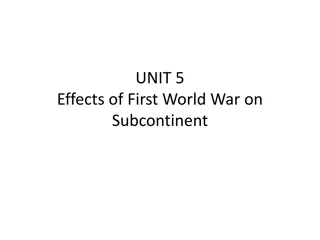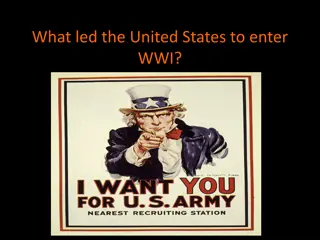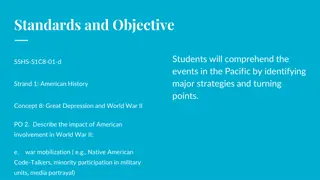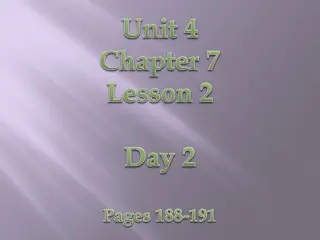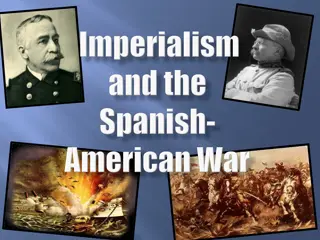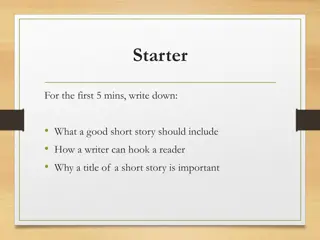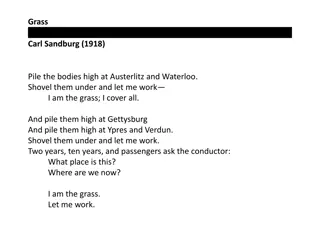The Courageous Chamorro Protectors of Guam during World War II
When the Japanese invaded Guam in 1941, six American navy men sought refuge in the jungle, aided by the brave Chamorro residents who shielded and moved them despite facing brutality from the Japanese forces. The saga of underground resistance included farmers who provided hiding places on their lanchos, showcasing the selfless bravery of ordinary people in extraordinary times.
Download Presentation

Please find below an Image/Link to download the presentation.
The content on the website is provided AS IS for your information and personal use only. It may not be sold, licensed, or shared on other websites without obtaining consent from the author. Download presentation by click this link. If you encounter any issues during the download, it is possible that the publisher has removed the file from their server.
E N D
Presentation Transcript
Chamorro Protectors: How the People of Guam Protected Six Navy Men Fleeing Japanese Invaders
When the Japanese invaded Guam on December 10, 1941 , six American navy men chose to strike out into the jungle instead of surrendering. These men believed they would be rescued by a returning force of American military before February of the new year. Unfortunately for them, the United States had other intentions, and those did not include the immediate recapture of Guam. It would be more than 2 years before American forces would return. By then, only one of the six would still be alive. George Tweed, US Navyman
The fugitive soldiers and the islands residents, the Chamorrro, would find themselves facing difficult times. The soldiers fled for their lives and the island residents shielded, sheltered, harbored, and moved them in a desperate game of cat and mouse played with an increasingly agitated and frequently brutal Japanese occupying force. Often these courageous Chamorro protectors were only one step ahead of their pursuers. Often, they were able to pass on their precious cargo but were themselves caught. The price for their espionage was high beatings with clubs, whippings with hoses, torture with the water treatment, suspension from jail ceilings by thumbs and ankles, and execution. Chamorros in Asan rice paddies with Japanese military personnel monitoring
Their saga of underground resistance could more aptly be called jungle or lanchero resistance (rancher resistance). This was because many of the primary protectors owned farms called lanchos out beyond the main town of Hagatna, which served as the hiding places for the men. These lanchos might be as small as a few acres or as large as thousands of acres. They were scattered across the island from Yona and Manengon in southern Guam to Toguac in the far north. Coastline of George Tweed s cave
The names of the protectors encompassed just as broad a scope of family names: These men and women came from all walks of life. There were prosperous businessmen, educators, priests, farmers, and civic leaders among them. Ogos Cruzes Quituguas Mesas Aguons of the Yona area Tanakas Johnstons Lujans Calvos Limtiacos Balajadias of central Guam Pangelinans Perezes Torreses Arteros of the north When asked, years after the painful events why they did it, their answer, variously stated, was most often, How could we not? He was a man needing help. He was a symbol of our hope that the United States would return.
Ordinary men and women, otherwise, took extraordinary risks in the name of God, honor, country, and what the Chamorro term ina`fa`maolek, which calls on community members to do good to each other as part of a perpetuating cycle of good multiplying on good. Their spirit of sacrifice is not exceptional but instead representative of the loyalty to America and resistance to its enemy that made Guam for the Japanese a treacherous place to be. The brutal treatment of the Chamorro of Guam, as opposed to the easy familiarity with the Chamorro of Saipan to the north, reflected the enemy s understanding of the danger inherent in the people of Guam s strong affiliation with the United States. Agueda I. Johnston Jesus Baza Duenas
After the war, the surviving serviceman of the six, George Tweed, was decorated as a hero, given the Legion of Merit Medal, made guest appearances as a hero on the television favorite, To Tell the Truth, wrote a book, Robinson Crusoe USN and had a movie made based on his story. The last of his protectors, Antonio Artero, was awarded the Medal of Freedom, now known as the Presidential Medal of Freedom. Ruins of George Tweed s Cave
The remainder of the rescuers, however, disappeared into one word in the accounts of history, the Chamorros, despite Tweed s specific naming of many of them in his book. Their loyalty and sacrifice have yet to be honored by the country the Chamorro claimed as their own, to which they were loyal and for which too many of them died. Where other islands and peoples who suffered the atrocities of World War II have been compensated, Guam s people continue to seek acknowledgement for the suffering they endured because they were loyal to America. A Guam merchant stands proudly in front of his store at the end of World War II
Bibliography War in the Pacific National Historical Park. George Tweed. nps.gov. National Park Service, n.d. Web. March 2011.
